介绍安装Linux系统后需要做的初始化设定,在这里以RedHat7.6为例。
1. 设定主机名
主机名一般为8个字符,使用英文字母及数字,不推荐使用下划线及横线。
使用hostnamectl命令设定主机名,用hostname命令进行确认。
[ ~]# hostnamectl set-hostname sysblog1
[ ~]# hostname

2. 修改timezone
设定服务器的时区,使用timedatectl命令。
timedatectl命令确认当前的时区。在安装RedHat7.6时,时区选择了Shanghai。
[root@sysblog1 ~]# timedatectl
Local time: Sun 2021-06-27 20:56:52 CST
Universal time: Sun 2021-06-27 12:56:52 UTC
RTC time: Sun 2021-06-27 12:56:52
Time zone: Asia/Shanghai (CST, +0800)
NTP enabled: yes
NTP synchronized: yes
RTC in local TZ: no
DST active: n/a
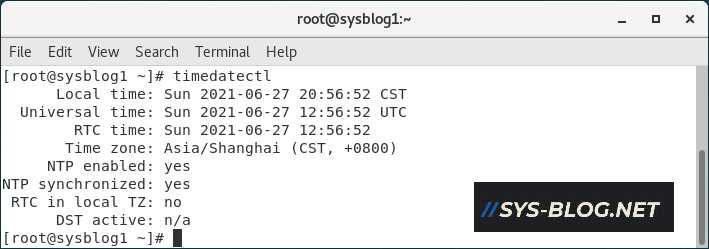
timedatectl list-timezones命令确认可设定的时区。
[root@sysblog1 ~]# timedatectl list-timezones
Africa/Abidjan
Africa/Accra
Africa/Addis_Ababa
Africa/Algiers
Africa/Asmara
Africa/Bamako
Africa/Bangui
Africa/Banjul
Africa/Bissau
Africa/Blantyre
...
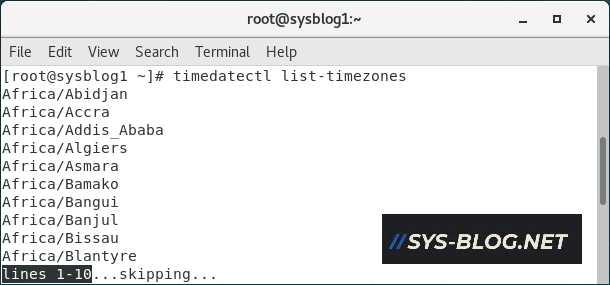
tzselect命令提供对话形式设定时区的功能。
[root@sysblog1 ~]# tzselect
Please identify a location so that time zone rules can be set correctly.
Please select a continent or ocean.
1) Africa
2) Americas
3) Antarctica
4) Arctic Ocean
5) Asia
6) Atlantic Ocean
7) Australia
8) Europe
9) Indian Ocean
10) Pacific Ocean
11) none - I want to specify the time zone using the Posix TZ format.
#?
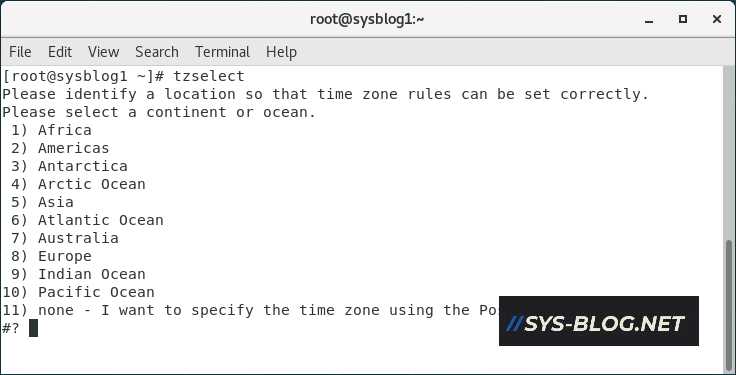
输入 5 选择 5) Asia ,输入 9 选择 9) China,输入 1 选择 1) Beijing Time。



输入 1 选择 1) Yes。
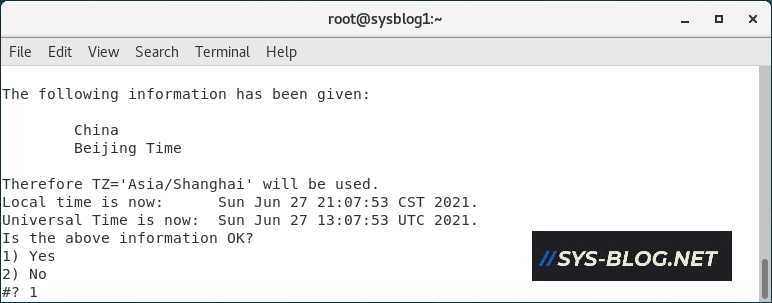

3. 停用SELinux
SELinux类似Windows的UAC功能,一般安装Linux后的设定值为「Enforcing」。确认当前的设定值使用getenforce命令。
[root@sysblog1 ~]# getenforce
Enforcing


修改 /etc/selinux/config 文件,把SELINUX参数的设定值从enforcing改为disabled。
[root@sysblog1 ~]# vi /etc/selinux/config
# This file controls the state of SELinux on the system.
# SELINUX= can take one of these three values:
# enforcing - SELinux security policy is enforced.
# permissive - SELinux prints warnings instead of enforcing.
# disabled - No SELinux policy is loaded.
SELINUX=disabled
# SELINUXTYPE= can take one of three values:
# targeted - Targeted processes are protected,
# minimum - Modification of targeted policy. Only selected processes are protected.
# mls - Multi Level Security protection.
SELINUXTYPE=targeted
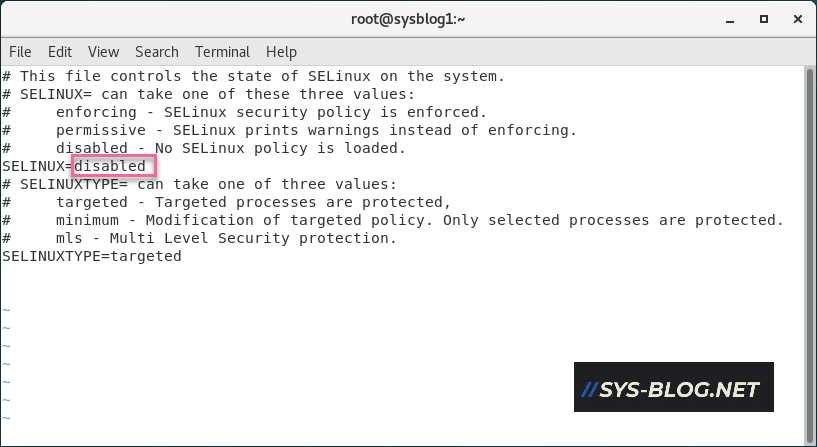

修改后重启服务器。
[root@sysblog1 ~]# shutdown -r now
4. 停用firewalld
systemctl status firewalld命令查看当前的firewalld的运行状态。
[root@sysblog1 ~]# systemctl status firewalld
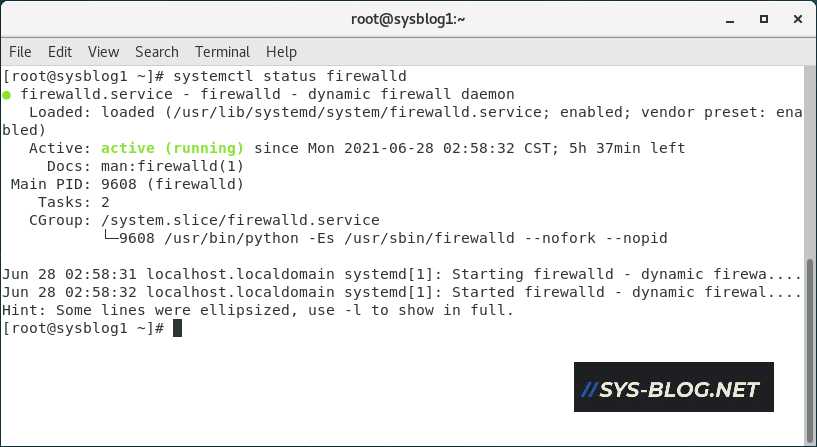

systemctl stop firewalld命令停止firewalld。
[root@sysblog1 ~]# systemctl stop firewalld
systemctl disable firewalld 命令禁用开机自动启动。
[root@sysblog1 ~]# systemctl disable firewalld


systemctl status firewalld命令查看,开机自动启动已禁用。


确认/usr/lib/systemd/system/firewalld.service状态为disabled。
5. swap设定
free -tm命令确认服务器的swap(交换分区)的设定内容。
[root@sysblog1 ~]# free -tm


创建swap有2种方法,创建swap文件的方法及整个分区为swap的方法。在这里以swap文件的方法创建10GB的交换分区。
[root@sysblog1 ~]# dd if=/dev/zero of=/swapfile bs=1024M count=10
10+0 records in
10+0 records out
10737418240 bytes (11 GB) copied, 8.48549 s, 1.3 GB/s
[root@sysblog1 ~]# mkswap /swapfile
Setting up swapspace version 1, size = 10485756 KiB
no label, UUID=855ae59e-cfb3-426a-83ad-4026d8fac890
[root@sysblog1 ~]# chmod 0600 /swapfile
[root@sysblog1 ~]# swapon /swapfile


swap容量从4GB增加到了14GB。
6. /etc/hosts
2-3台服务器的系统,当没有专用DNS服务器时,修改/etc/hosts文件进行解析。
[root@sysblog1 ~]# vi /etc/hosts


7. 停用非必要的Package
systemctl list-units命令查看当前系统上运行的组件。
[root@sysblog1 ~]# systemctl list-units
systemctl disable